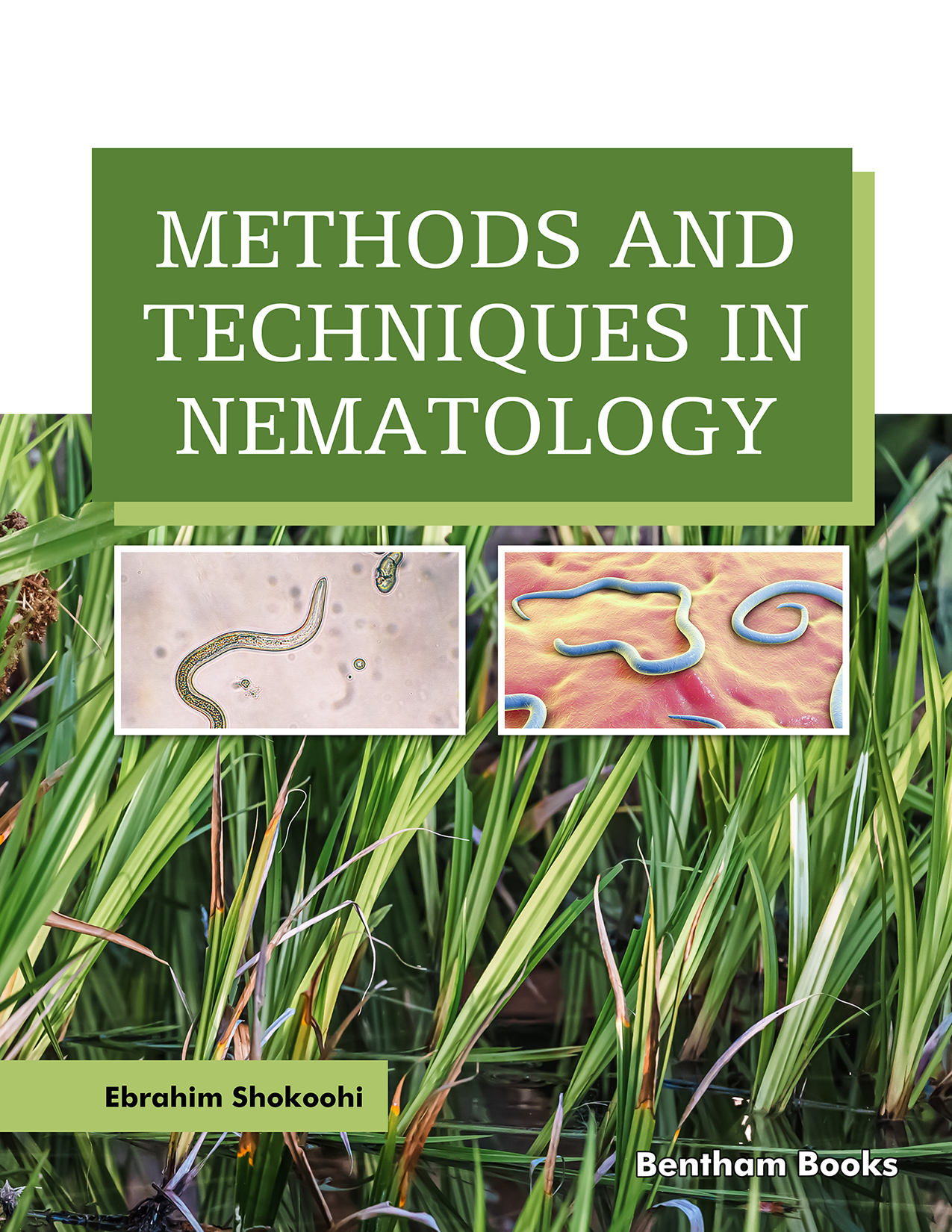Nematodes, also known as roundworms, are essential to soil ecology and play a crucial role in maintaining soil health. These organisms have various feeding groups, including bacterivores, fungivores, herbivores, predators, and omnivores.
Despite the herbivores or plant-parasitic nematodes, many of them, such as free-living nematodes, are beneficial for agriculture and crop production as they help in breaking down organic matter, such as dead plant material and animal waste, into nutrients that plants can absorb. In conclusion, nematodes are more than just tiny worms in the soil. They are critical to the health and productivity of agricultural ecosystems and play a significant role in ensuring global food security.
“Methods and Techniques in Nematology” is an excellent book for anyone interested in the nematology discipline. This book is specifically designed to help lecturers, researchers, farmers, and students deal with nematode problems. The book contains a variety of techniques with detailed explanations and high-quality photographs to make the learning process easier and more engaging. These photographs help bring the topic to life and make learning more enjoyable. You will be able to see the nematodes up close and appreciate their unique features. You will find all the essential information you need to understand nematodes and learn how to address any related problems. The book covers various techniques, from conventional to molecular, particularly for those wanting to start with nematology, all of which are explained in simple and easy-to-understand language.
In conclusion, “Methods and Techniques in Nematology” is an excellent resource for anyone interested in nematology. It is an easy-to-use practical guide that will help you understand nematodes and learn how to address any related problems.
Prof. Ebrahim Shokoohi's book on nematology is an invaluable academic resource that provides students with a comprehensive understanding of the subject. With years of experience teaching at various educational levels, ranging from BSc to Ph.D., Prof. Shokoohi's book is a reliable source that would appeal to a wide audience seeking a deeper understanding of the subject matter; I feel he accomplished it brilliantly.
Zafar A. Handoo
USDA, ARS, Mycology and Nematology Genetic Diversity
and Biology Laboratory, BARC-West
Beltsville, MD 20705, U.S.A.
FOREWORD II
Nematodes are remarkable organisms with amazing abilities that have made them the most common animals on the planet; however, they are rarely seen because they are microscopic. Yet people who observe them often share a common bond and instant friendship. My relationship with Dr. Ebrahim Shokoohi is just that, a brotherhood of camaraderie that is based on our mutual admiration of all things nematode. We have worked together describing the wonderful world of nematodes.
Because nematodes are so small, they are difficult to work with. For this reason, they are often neglected, but with proper techniques, they become extremely important in many different types of studies. Fortunately, Dr. Ebrahim Shokoohi has made an effort to assemble various methods of handling and investigating nematodes. They range from sampling and separating them from soil, making slides and examining them with a microscope, designing greenhouse experiments and analyzing the results, to extracting their DNA for taxonomic studies.
This book contains valuable information for anyone interested in working with nematodes because it clearly illustrates many techniques that are described in a logical, step-by-step manner, which makes it easy to follow. The nematology community will be very happy to have this valuable resource for their use.
Jonathan D. Eisenback,
Professor of Nematology
Former President of the Society of Nematologists, Virginia Tech
Blacksburg, VA 24061, U.S.A.

